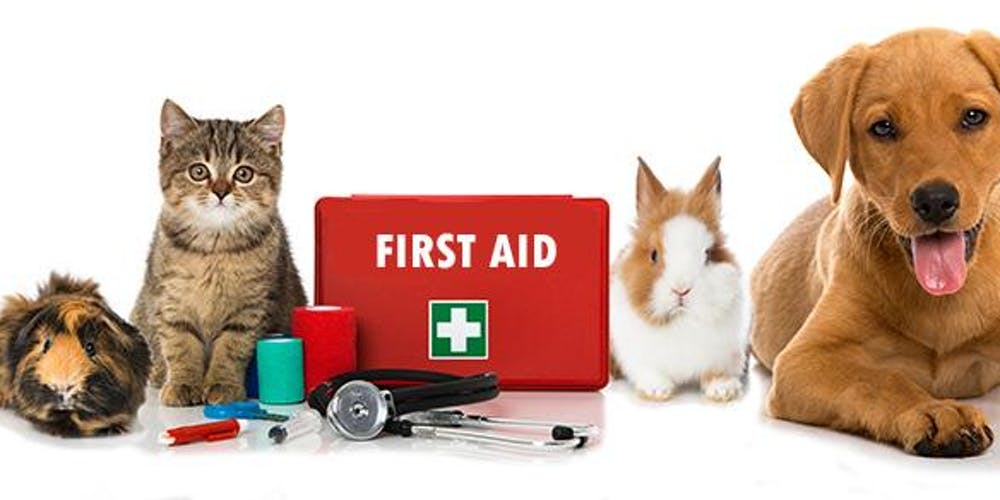Essential Pet First Aid: What Every Pet Owner Should Know
When it comes to our furry friends, their health and safety are of utmost importance. Just like humans, pets can experience accidents or sudden illnesses that require immediate attention. Being prepared with knowledge of pet first aid can make a significant difference in emergency situations. In this guide, we'll explore the fundamentals of pet first aid, common techniques, and how to handle emergencies effectively.
What is Pet First Aid?
Pet first aid involves the initial care provided to a pet before professional veterinary assistance is available. This includes assessing the situation, stabilizing the pet, and providing basic medical treatment to prevent further harm. Knowing how to respond in emergencies can save your pet's life.
Common Pet First Aid Techniques
-
CPR (Cardiopulmonary Resuscitation): CPR may be necessary if a pet stops breathing or their heart stops beating. Learning the proper techniques for performing CPR on pets can be lifesaving. For detailed instructions, visit the RSPCA's CPR guide.
-
Heimlich Maneuver: This technique can help dislodge objects stuck in a pet's throat and prevent choking. Knowing how to perform the Heimlich maneuver can prevent choking incidents. The PetMD guide provides step-by-step instructions.
-
Bandaging Wounds: Properly bandaging a wound can help control bleeding and protect the injury from infection. Ensure you have a pet first aid kit that includes bandaging supplies. You can find a useful checklist on The PDSA's website.
-
Recognizing Signs of Shock: Pets in shock may exhibit symptoms such as pale gums, rapid breathing, and a weak pulse. Being able to identify these signs is crucial for timely intervention. For more information, check the British Veterinary Association (BVA).
Emergency Situations Requiring Pet First Aid
-
Choking: If a pet is choking, perform the Heimlich maneuver immediately to clear the airway. Always monitor your pet while eating to prevent choking hazards.
-
Poisoning: If you suspect your pet has ingested a toxic substance, contact a veterinarian immediately. The National Pet Poison Helpline provides valuable resources for pet owners.
-
Heatstroke: Pets can easily overheat, especially in hot weather. Cool them down gradually by moving them to a shaded area and offering water. Seek veterinary help right away. For more on recognizing and treating heatstroke, refer to the RSPCA.
-
Fractures: If your pet is suspected to have a fracture, immobilize the affected limb and transport them to a vet for further treatment. The Blue Cross offers guidance on handling fractures in pets.
Conclusion
By familiarizing yourself with pet first aid techniques and being prepared for emergencies, you can ensure the well-being of your beloved pet. Quick action and proper care can make all the difference in a crisis situation. Consider enrolling in a pet first aid course to gain hands-on experience. Organizations like The Pet First Aid Course offer training specifically designed for pet owners.
Emergency Situations Requiring Pet First Aid
1. Choking: If a pet is choking, perform the Heimlich maneuver to clear the airway.
2. Poisoning: Contact a veterinarian immediately if you suspect your pet has ingested a toxic substance.
3. Heatstroke: Pets can easily overheat, especially in hot weather. Cool them down gradually and seek veterinary help.
4. Fractures: Immobilize the affected limb and transport your pet to a vet for further treatment.
Conclusion
By familiarizing yourself with pet first aid techniques and being prepared for emergencies, you can ensure the well-being of your beloved pet. Remember, quick action and proper care can make all the difference in a crisis situation.

